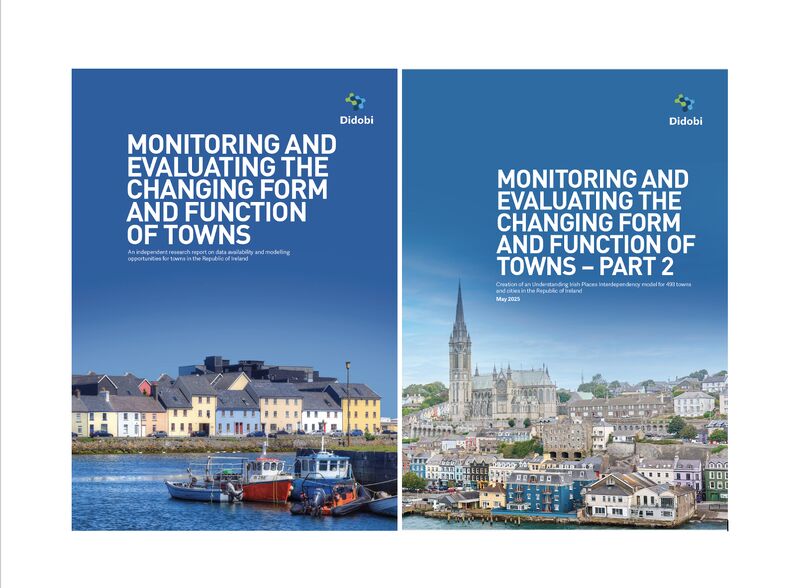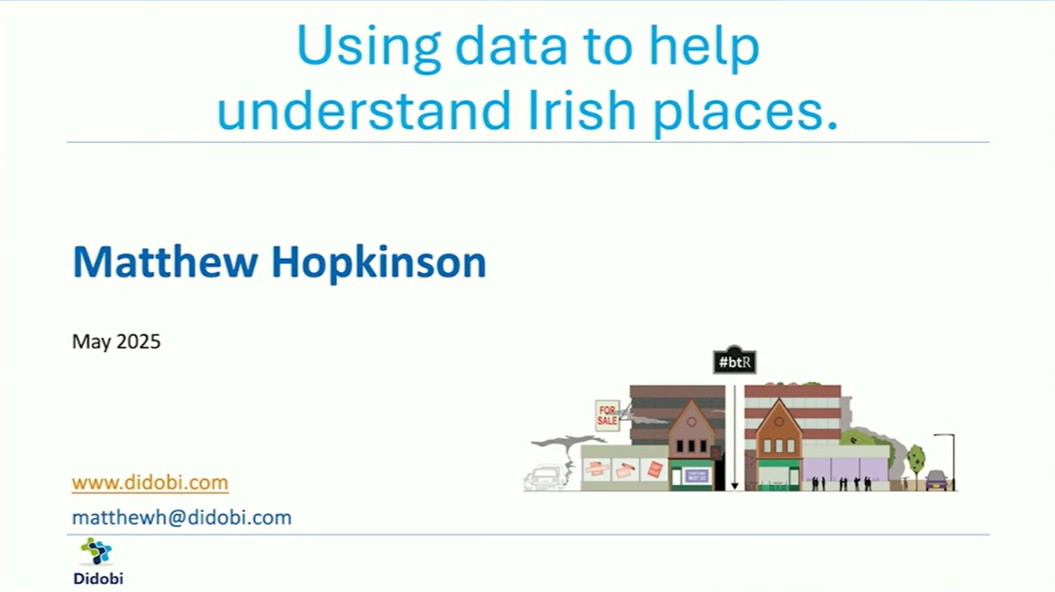
Armageddon week in weather and retail. Are they linked?
This week (26 Feb to 2 March) has been the most significant for a long time with regards the fortunes of UK retailers and food and beverage operators. We have seen the administrations of Toys R Us (106 stores and 3,000 jobs), Maplin (217 stores and 2,335 people). There is also talk of closures from Prezzo(100 stores) and Mothercare (152 stores) as well as Carpetright’s (426 stores) profit warning, its’ third in four months!
This comes off the back of other administrations in 2018 of East (34 stores) and Warren Evans (14 stores). Rumours are also rife about a New Look CVA next week.
Towards the end of 2017 we saw more household names fall by the wayside including shore retailer Shoon, Multi York, Palmer & Harvey, Just for Pets, Greenwoods menswear clothing and Store Twenty One.
“30,000 retailers are in distress”
We have also see a number of retailers and food operators closing stores as part of restructuring. This week Begbies Traynor (Corporate recovery services) announced that 30,000 retailers were ‘in distress’ in the UK. If you take the universe of every retail and leisure outlet in the UK then you are looking at over 5% of the market being in ‘distress’. In food and beverage alone I have been forecasting a bubble bursting for a while as see in previous blogs such as this one.
The rumour mill on others continues at a pace with Sports Direct increasing its stake in Debenhams to nearly 30% which is just under the threshold that Mike Ashley would have to make a formal takeover offer. House of Fraser has a new management team and is looking to turn itself around but time is ticking and it will require significant investment from its Chinese parent. New look which has 600 stores is looking to reduce its store rents by 60% and in an ideal world would like to close 70 of its worst performing stores or talk of a CVA is being banded around. And of course there is always talk of M&S and its store closure plans – 30 at the latest announcement.
“It is not all doom and gloom….”
It is not all doom and gloom as Greggs announced it will grow to over 2,000 units and Eataly coming to the UK and opening in Broadgate, London. Lidl has reached 700 UK stores and Aldi continues its growth plans along with Tesco trialling a new discount store. How different will it be in purpose and outcome as the Sainsbury’s failed attempt at Netto was? Ikea is opening smaller click and collect formats as well as announcing a May opening day for a new store (290,000 sq ft) in Exeter. An £80 million investment by the company! Wilko opened a new store in Liverpool this week and others such as H&M, Screwfix, B&M Bargains as well as the first Trago Mills store for Wales!
So it is not all doom and gloom but the big names and the word closures and distress capture the headlines.
What is happening?
For years now we have read headlines of the ‘death of the high street’ and history and the data shows us that this is just not true. Like anything in life it is a mix of evolution and revolution wit the only difference being the time it takes. Here is not the place to write a dissertation on the growth of smartphones, internet connectivity, new retail models such as Amazon, BooHoo and Alibaba, the changing location and formats of places where we live, work and play as well as the economic changes across the generations that determine our ability and willingness to spend and on what. No longer can you compartmentalise consumers and the very fact that successful landlords like LondonMetric have been developing retail units with M&S in one and Aldi next door. It works brilliantly as we, as consumers, have the knowledge and also seek the excitement of still shopping in different places.
The days of customer loyalty are long gone and the days of experiential shopping are here. The arrival of Whole Foods and its five UK stores some years ago is an example of how consumers saw how different food shopping could be albeit at a price. You just need to go to the other countries to see how there is a relentless focus of trying to keep the customers attention. By doing so you hope to keep them coming in store and hope to get them spending more money that they thought they would as they have been consumed by the excitement and engagement you have created for them. Doing this both physically, in store, and online is very difficult indeed and of course very costly at a time where price transparency and product knowledge is the best it has ever been for the shopper.
So spare a thought for those large retailers in the headlines and mentioned above who strive to do this across hundreds of stores and thousands of staff. They are like an oil tanker – they cannot turn on a six pence so the question in many boardrooms is how will you change, what will you change and most importantly WHY will it make the difference their investors/shareholders seek.
“how will you change, what will you change and most importantly WHY will it make the difference …”
Independents don’t face this challenge and perhaps this is why we have seen them expand over the last few years. As with any new business not all make it and that is why their churn rate (openings and closures) can seesaw. The internet has enable global reach which would have been impossible for such small businesses in the past. This has been further accelerated through platforms such as Trouva who seek to curate and promote independents as well of course the main stream ones such as eBay and other transaction sites. These channels have become more and more specialist as seen by the rise of second hand clothing sites such as Bump and depop. How aware are you of the market you really operate in and the choices your ‘customer’ has?
The unique curated and personal experience that is a big attraction is far easier to achieve in a small number of shops than a portfolio of over 100 for example. Provenance, authenticity and dynamism in a store and in a restaurant can often be the differentiator especially when there is so much competition and if you are not to succumb to price is everything.
“Provenance, authenticity and dynamism in a store…”
Why is this happening?
There is no simple answer to this question and again one could write a dissertation if one was to do it justice. There, however, a number of primary factors in my view;
- Technology in the hands of consumers. This has meant that consumers really are in charge in terms of price comparison, product specification and performance as well as the ability to share any purchase decision amongst their peer group in seconds.
- Logistics – the improvement in technology and infrastructure has led to an incredible ability for consumers to order online and get I delivered the next day or indeed within hours depending on where they are. The want and want it now culture has encouraged and indeed excited shoppers but the impact on profitability are clear and the environment has yet to be quantified. Ten years ago if you wanted something today then you had to go to a shop (and hope they had it in stock) or order it and hope to see it in five days – now it is five hours! How many of you reading this are Amazon Prime members?? Are you one because of free films or free next day delivery?
- Lease lengths. Over time, especially with the relentless growth of retail space, the average length of leases has come down form 15-25 years to c. 5 years. Within the lease conversation there are a number of complications as it depends on how long you have been trading. By this I mean that retailers such as M&S, Debenhams and House of Fraser who are well established have lease obligations which will be far longer and indeed more onerous than new entrants to the market. As the location of retailers has changed within a town or indeed moved out of town you cannot just up sticks and follow them without life changing financial implications. On the other hand it has also made life for property investors challenging as they now have a far higher churn rate of tenants who are far more demanding of the space they occupy and far more challenged by this new environment of price comparison, in-store experience, world class transactional websites and a ‘deliver tomorrow’ logistics infrastructure. What is an affordable rent and why?
The affordability of rents is the critical one for me as by all parties knowing this then you can create genuine destinations for the benefit of all.
- As alluded to above the costs of doing business for retailers and leisure operators have risen and risen and risen. This comes in the form of wages, rents, business rates, store fit out, cost of goods, cost of transport and the list goes on. With the pressures on pricing and the legacy of existing commitments then it is only a matter of time before it is unsustainable.
- Ownership structures. The ‘founding and the funding’ of a company can tell you a great deal. In the last twenty years in addition to public ownership and owner managed companies we have see the rise of Private Equity and Venture Capital into the market. The use of high risk and high return capital into a world of what has been traditionally low risk and average returns. Many of the growth stories of retailers and food and beverage operators have been based on significant growth targets prior to sale (typically 3-5 years) and in some cases (BHS being the most controversial recent example) businesses being laden with debt as part of a wider strategy. So in some cases it is not that the retail element is under performing, it is just that they cannot maintain the sales growth required to service their debts. In order to meet the ambitious investment plans it often results in a race for space, over paying for properties and significant management costs.
There are many others that one could add but if you look at the core drivers then I believe these are the ones above.
WHAT CAN BE DONE?
To address these challenges I believe you need to challenge all you do and often this can be best achieved by leveraging external expertise and not always from your industry. Sometimes a fresh perspective on things is the best way to realise results as when you work in a business your focus, energy and default mindset is inward facing when it is the external factors that need rethinking. Some of the core elements that I work on with clients are around total clarity on;
-
What is your proposition and WHY is it better than anyone else’s?
-
Who are you selling it to and what other buying options do they have?
-
What are the environmental, physical, financial and psychological constraints?
-
What are your defined goals and what are the objectives that work back to today from achieving it in the future?
-
What data and measures are in place to track progress?
-
What are your ‘actions on’ when the plan has to change?
“When sailing you set a course to destination. How you get there is dependent on the wind and how you trim your sails but it requires constant revision. Business is no different.”
Challenging times require courageous leadership and empowerment of you and your team. The speed and technicality of the challenge is only going to grow so make sure you really understand your destination, set a course and have a culture that can adjust course when the data tells you you should.
In short the weather is not the cause but ‘long term climate change in the industry’ is. Get in touch and I will happily explain in more detail how the DataIntel team help their clients in challenging times.






Leave a comment: